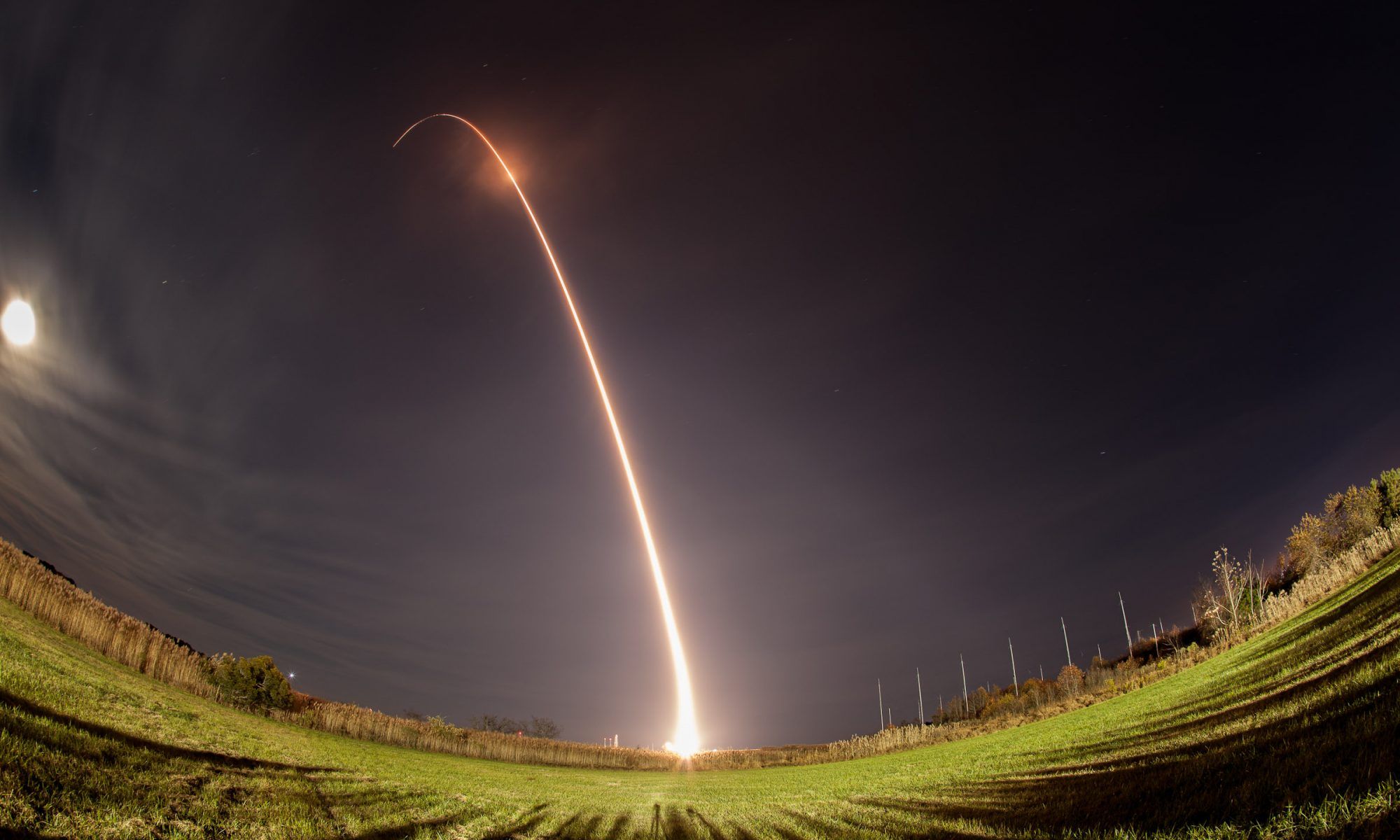Due to heavy clouds, we won’t be having our open house on Friday, July 18th. Please be sure to check for observing next week!
Friday, July 11
We’ll be open for observing this evening, Friday, July 11 from 9:30-11pm!
Friday, June 27
Due to inclement weather, we won’t be having our open house on Friday, June 27th. Please check back for our July 11th open house after the holiday!
Friday, June 20
It is cloudy so far but we will be here tonight from 9 to 10:20pm!
Friday, June 13
We will not be having our observing night on Friday, 13th due to weather. Please check back for next Friday’s open house!
Friday, May 30
We will not be having our open house on Friday, May 30th due to inclement weather. Please check back for next Friday’s public observing!
Friday, May 23
Join us from 9-10:30 pm on the roof of Bloomberg for our observatory open house. We’ll be observing clusters and galaxies with the camera this evening. Text or call 609-610-1664 if you arrive and are unable to enter the building.
Friday, May 16
Due to weather, we will not be having our open house on Friday, May 16th. Be sure to check for next week’s open house!
Friday, May 9
We will be open in the evening of Friday, May 9 for our open house from 8:30-10:30pm!
Friday, May 2
We will NOT be having our open house on the evening of Friday, May 2 due to weather. Please check back for Friday, May 9th’s open house.
